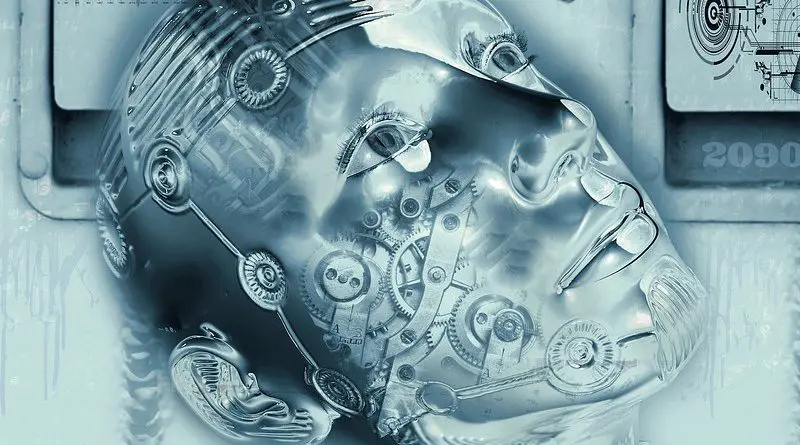Robot Preachers Get Less Respect, Fewer Donations
As artificial intelligence expands across more professions, robot preachers and AI programs offer new means of sharing religious beliefs, but they may undermine credibility and reduce donations for religious groups that rely on them, according to research published by the American Psychological Association.
“It seems like robots take over more occupations every year, but I wouldn’t be so sure that religious leaders will ever be fully automated because religious leaders need credibility, and robots aren’t credible,” said lead researcher Joshua Conrad Jackson, PhD, an assistant professor at the University of Chicago in the Booth School of Business.
The research was published in the Journal of Experimental Psychology: General.
Jackson and his colleagues conducted an experiment with the Mindar humanoid robot at the Kodai-Ji Buddhist temple in Kyoto, Japan. The robot has a humanlike silicon face with moving lips and blinking eyes on a metal body. It delivers 25-minute Heart Sutra sermons on Buddhist principles with surround sound and multi-media projections.
Mindar, which was created in 2019 by a Japanese robotics team in partnership with the temple, cost almost $1 million to develop, but it might be reducing donations to the temple, according to the study.
The researchers surveyed 398 participants who were leaving the temple after hearing a sermon delivered either by Mindar or a human Buddhist priest. Participants viewed Mindar as less credible and gave smaller donations than those who heard a sermon from the human priest.
In another experiment in a Taoist temple in Singapore, half of the 239 participants heard a sermon by a human priest while the other half heard the same sermon from a humanoid robot called Pepper. That experiment had similar findings — the robot was viewed as less credible and inspired smaller donations. Participants who heard the robot sermon also said they were less likely to share its message or distribute flyers to support the temple.
While participants said they believed human preachers were more credible, it was still a close contest with the robots. On a scale from 1 to 5, with 5 being most credible, the robot preachers received an average credibility rating of 3.12, compared with 3.51 for human preachers.
“This suggests that there are a lot of people out there who think robots could be effective preachers, but there are more people who aren’t convinced,” Jackson said.
While the robot preacher studies focused on Eastern religions, Jackson believes the findings could apply to other religions.
A third experiment included 274 Christian participants from the United States who read a sermon online. Half of the participants were told it was written by a human preacher while the other half were told the sermon was generated by a highly advanced AI program. Participants in the AI sermon group reported the sermon was less credible because they felt an AI program had less capacity to think or feel like a human.
“Robots and AI programs can’t truly hold any religious beliefs so religious organizations may see declining commitment from their congregations if they rely more on technology than on human leaders who can demonstrate their faith,” Jackson said.

